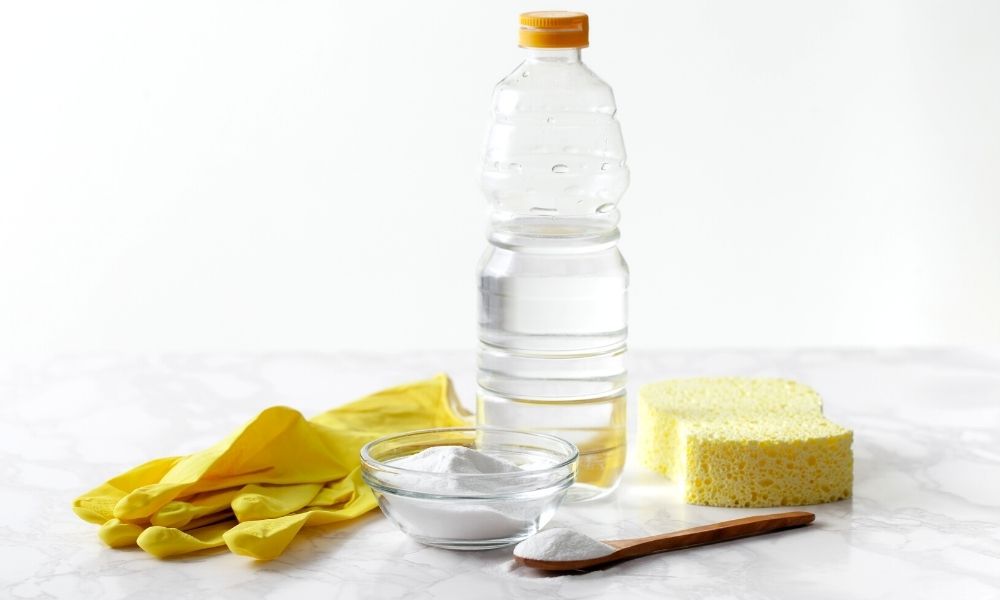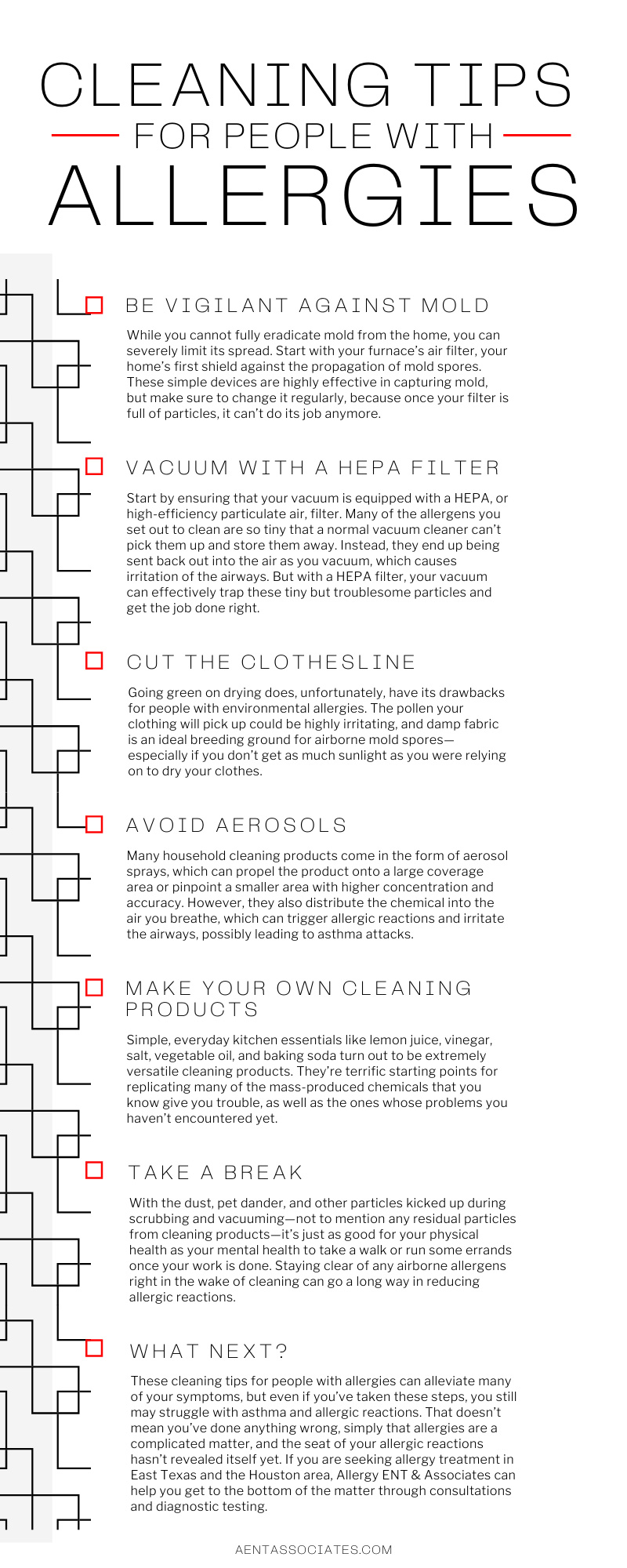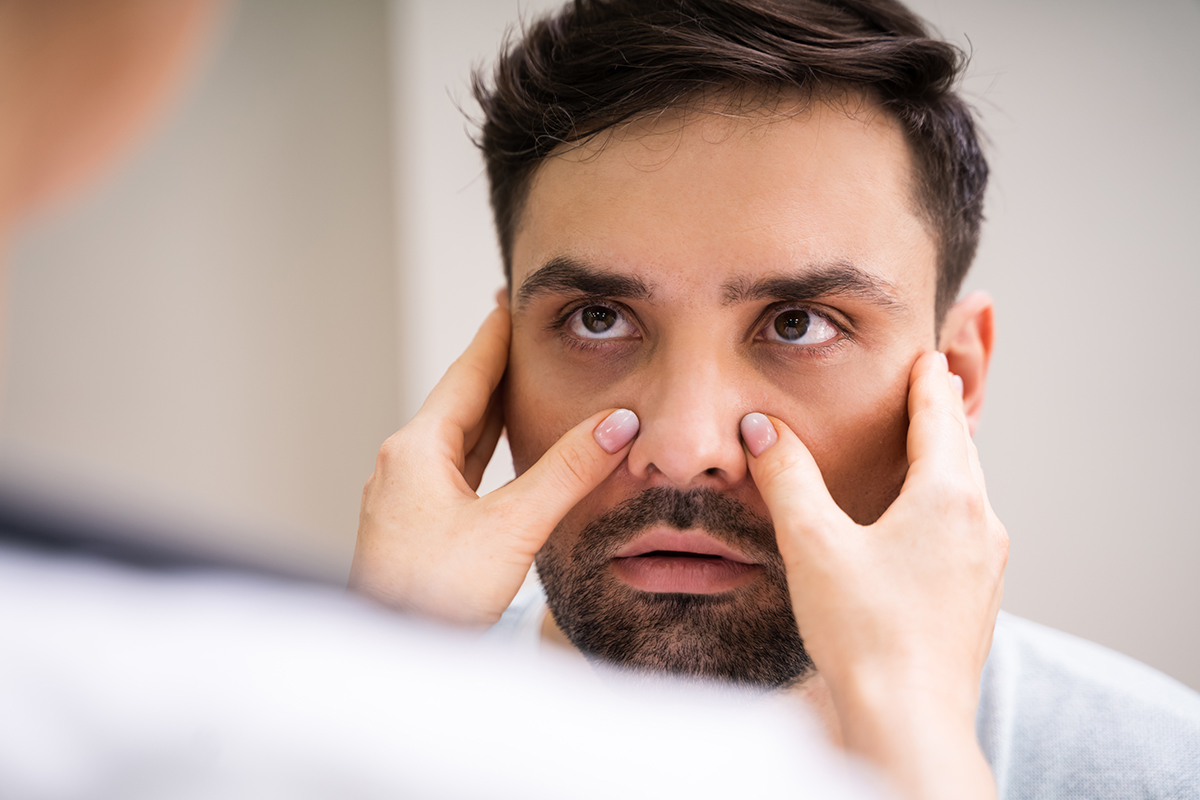
If you have asthma or allergies, you may find housecleaning to be a real no-win situation. While allowing dust, dander, stains, and mold to accumulate is obviously an unacceptable status quo, it can be just as frustrating when cleaning seems to trigger your allergies and asthma attacks as much as if you had left all that dust alone.
From spraying to vacuuming, many common household cleaning tasks are, by default, difficult for allergy sufferers. This doesn’t mean you have to cope with perpetual clutter, nor does it mean you’re off the hook for all those pesky chores. Instead, you can explore alternatives for cleaning your home that will get the job done with minimal irritation to your sensitivities. These cleaning tips for people with allergies aren’t just good advice for people with allergic reactions and asthma attacks who have already identified a problem—they’re also a useful preemptive approach for people who haven’t yet discovered adverse reactions to common cleaning products and habits.
Be Vigilant Against Mold
Mold, the name we give to a collection of common fungi, is everywhere. Mold spores travel throughout the air, mold develops even in food we keep refrigerated, and it loves to grow in your bathroom’s showers and sinks. It’s also one of the most common allergens, causing congestion and inflammation with high exposure. While you cannot fully eradicate mold from the home, you can severely limit its spread. Start with your furnace’s air filter, your home’s first shield against the propagation of mold spores. These simple devices are highly effective in capturing mold, but make sure to change it regularly, because once your filter is full of particles, it can’t do its job anymore. For most fiberglass filters, this will be every 30 days, while pleated filters can last up to 90 days. Pay special attention to the bathroom, where mold can develop across the many damp surfaces in the room. And keep an eye on the fridge, where those leftovers you said you’d finish off but never got to could be gotten to first by fuzzy green colonies of mold. To avoid breathing in mold you encounter as you clean, wear a mask.
Vacuum with a HEPA Filter
Your vacuum cleaner is a valuable ally in picking up harmful allergens and getting them out of your living space, but improper techniques and insufficient filters could leave your ally shooting some friendly fire. Start by ensuring that your vacuum is equipped with a HEPA, or high-efficiency particulate air, filter. Many of the allergens you set out to clean are so tiny that a normal vacuum cleaner can’t pick them up and store them away. Instead, they end up being sent back out into the air as you vacuum, which causes irritation of the airways. But with a HEPA filter, your vacuum can effectively trap these tiny but troublesome particles and get the job done right. Try to vacuum at least once a week, especially if you have pets. Of course, the less your vacuum must work, the better. Tear out the wall-to-wall carpet and rely on hardwood or tile flooring as much as you can, though smaller, low-pile area rugs can still add nice accents without trapping as many particles.
Cut the Clothesline
Whether you’re an avowed environmentalist or just a bit of a romantic, there’s a distinct allure to hanging your drying clothes out on a clothesline. This leads to difficult decisions for allergy-conscious people. On one hand, you save a great deal of energy by cutting down on dryer usage, and the natural scent of the outdoors can be better than the artificial fragrances in any detergent or dryer sheet. But going green on drying does, unfortunately, have its drawbacks for people with environmental allergies. The pollen your clothing will pick up could be highly irritating, and damp fabric is an ideal breeding ground for airborne mold spores—especially if you don’t get as much sunlight as you were relying on to dry your clothes. There are other places to cut your energy consumption, but when it comes to your wardrobe, an energy-efficient drying machine remains your best bet.
Avoid Aerosols
Many household cleaning products come in the form of aerosol sprays, which can propel the product onto a large coverage area or pinpoint a smaller area with higher concentration and accuracy. However, they also distribute the chemical into the air you breathe, which can trigger allergic reactions and irritate the airways, possibly leading to asthma attacks. Bathroom cleaners, which necessarily constrain you to a smaller space while cleaning, are especially troublesome. Rather than spraying your way to clean surfaces, use only products you can apply directly to a cloth, and the safer these products, the better.
Make Your Own Cleaning Products
Once you identify allergens in the cleaning products you use, start exploring the internet for alternative formulations you can safely make at home. Simple, everyday kitchen essentials like lemon juice, vinegar, salt, vegetable oil, and baking soda turn out to be extremely versatile cleaning products. They’re terrific starting points for replicating many of the mass-produced chemicals that you know give you trouble, as well as the ones whose problems you haven’t encountered yet. The benefits of using homemade natural products are great, especially in concert with the avoidance of aerosol products mentioned above.
Take a Break
You clean your home as diligently as you do so that you can enjoy it to the fullest, so it may seem counterintuitive that the first thing you should do after giving the house a thorough cleaning is to leave. But with the dust, pet dander, and other particles kicked up during scrubbing and vacuuming—not to mention any residual particles from cleaning products—it’s just as good for your physical health as your mental health to take a walk or run some errands once your work is done. Staying clear of any airborne allergens right in the wake of cleaning can go a long way in reducing allergic reactions.
What Next?
These cleaning tips for people with allergies can alleviate many of your symptoms, but even if you’ve taken these steps, you still may struggle with asthma and allergic reactions. That doesn’t mean you’ve done anything wrong, simply that allergies are a complicated matter, and the seat of your allergic reactions hasn’t revealed itself yet. If you are seeking allergy treatment in East Texas and the Houston area, Allergy ENT & Associates can help you get to the bottom of the matter through consultations and diagnostic testing. Your allergies should never get between you and keeping a clean home—only good old procrastination should do that.




